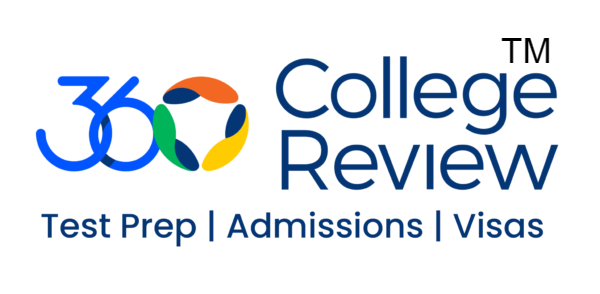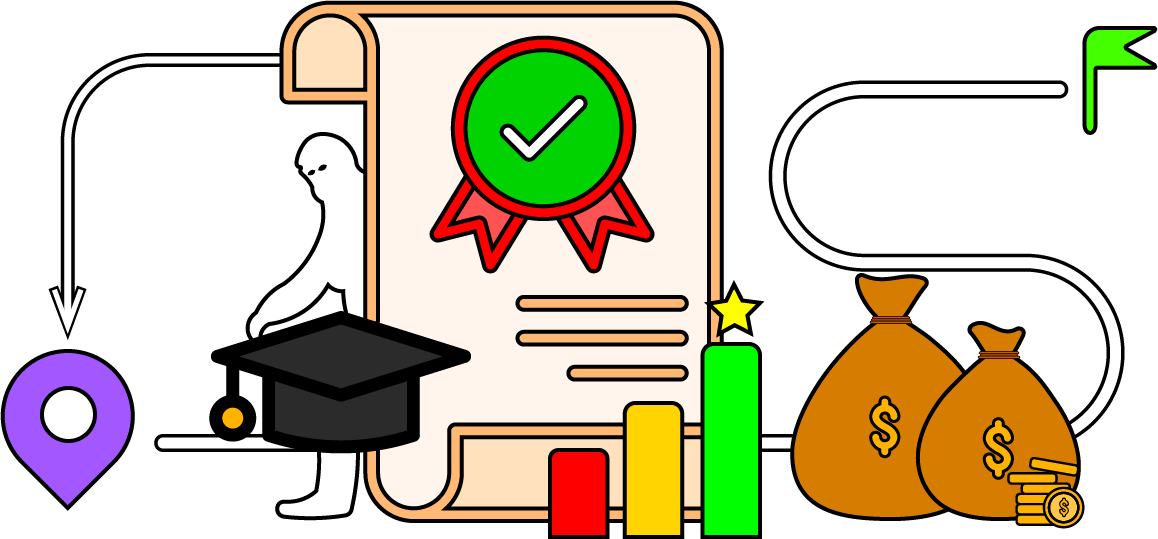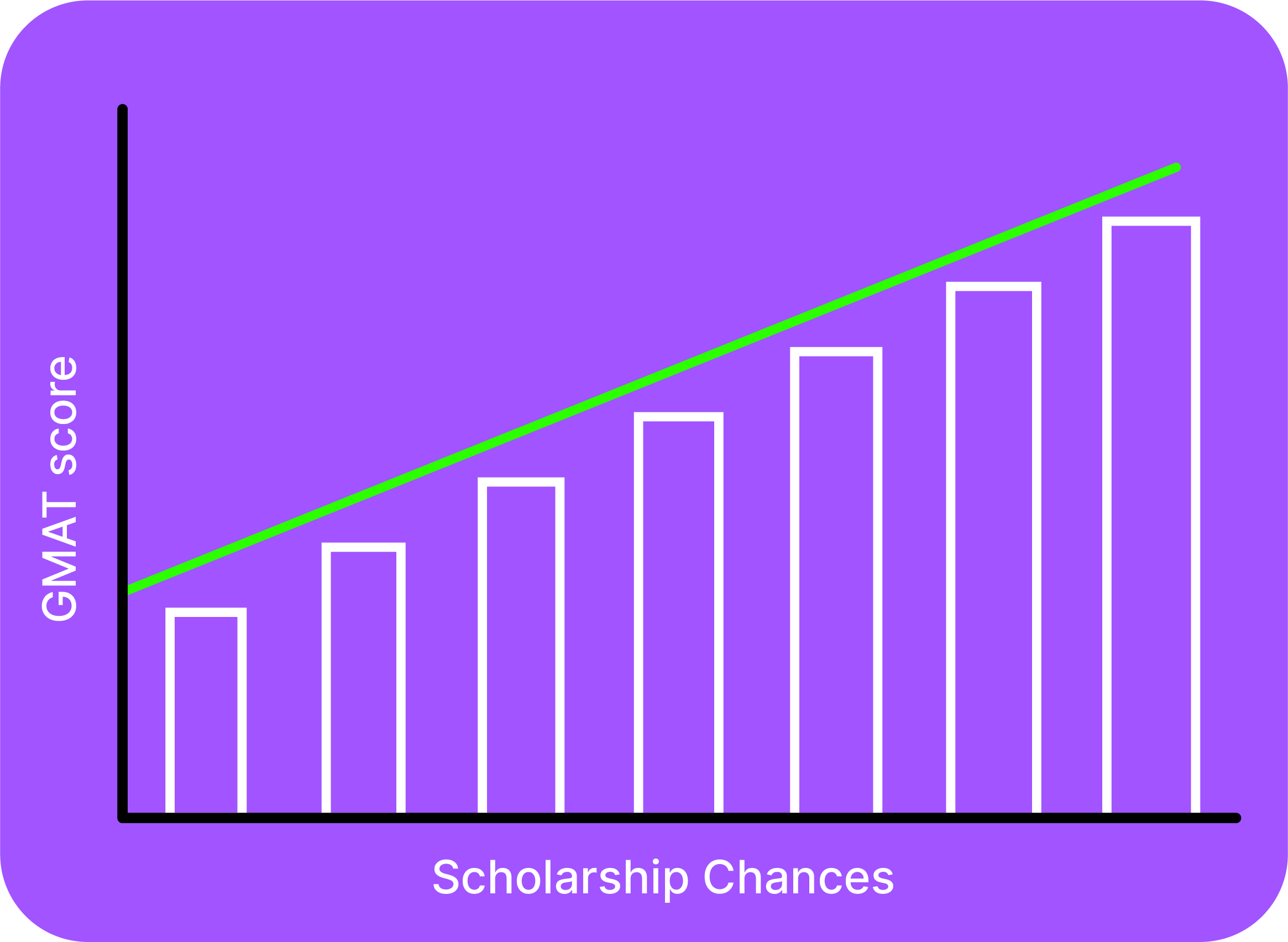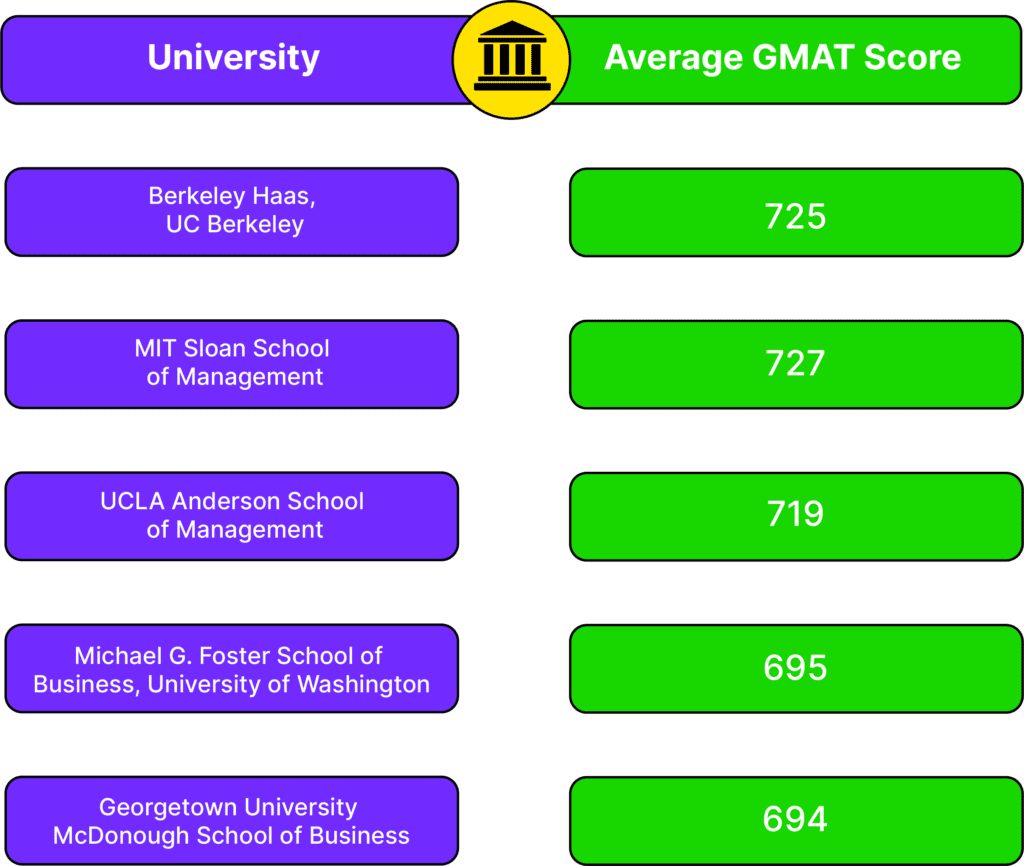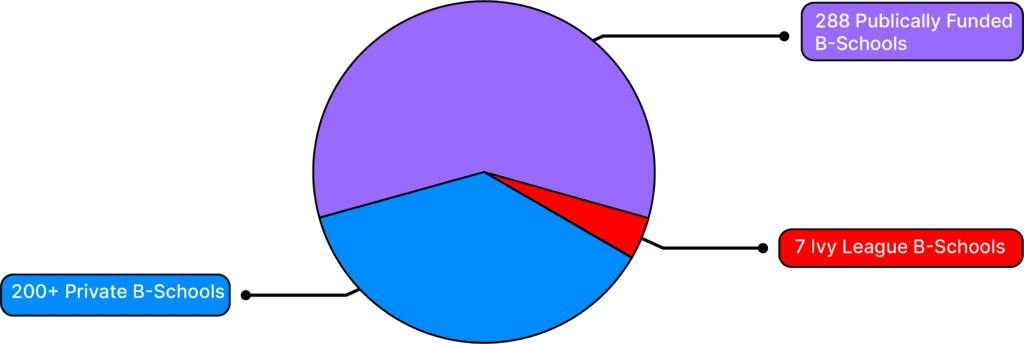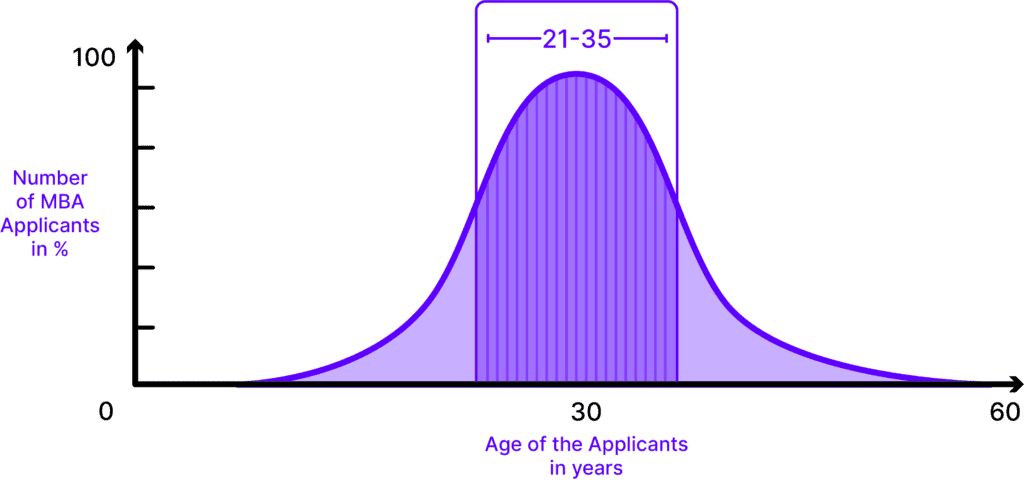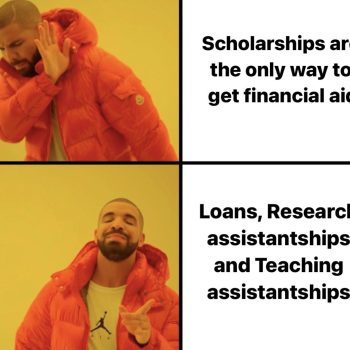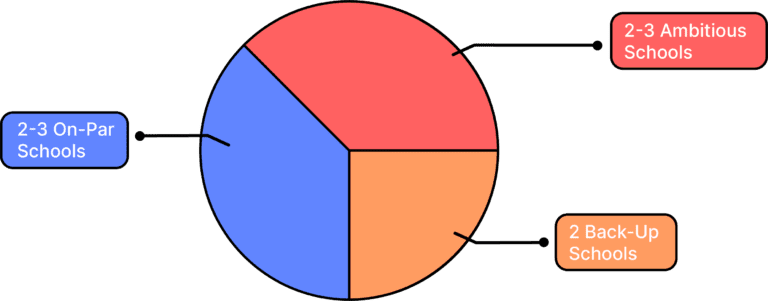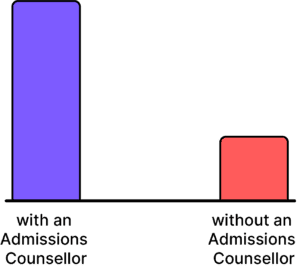A goal without a plan is just a wish! Graduate school dreams entail preparing for the GRE test. The GRE is a standardized test intended to assess verbal, quantitative, and analytical skills. You need to increase your ability to problem solve, think critically, and sharpen your writing skills. We have a lot of prospective test takers approaching us for GRE preparation tips, so here you go! This blog will give you adequate information about the test and all that you need to start with your preparation.
When Should You Take The Test?
It is advisable to take the GRE approximately one year before you intend to start graduate school. This gives you enough time to retake the exam if needed. The test results are valid for up to five years.
Preparation For A High GRE Score
Achieving an impressive score on this exam is difficult without consistent preparation. The main thing students need to know is that it’s not just about content or having memorized hundreds of vocabulary words and math solutions. You can’t learn critical thinking overnight. You need to take a lot of practice tests over a period of time and let it become second nature.
How does the GRE guessing strategy work? Is there professional help required? The answer is yes! Learning strategies and implementing them can be a lot easier with professional help. Of course, self-study and practice are very important, but you must enroll yourself in a well-structured GRE training program for the right guidance.
Needless to mention, take a number of full-length GRE mock tests before you sit for the actual exam!
How Much Time Do You Need To Prepare?
You need to devote time to taking timed practice tests and analyzing your performance. The amount of time required differs with each individual. Those in college will likely need less preparation than those who have been out. Typically, one can set aside two months for intensive GRE study or spread it out over three to four months.
Resources
ETS, which administers this test, provides numerous free and on-purchase test preparation resources, including online GRE practice tests. Their official guide is the most reliable and accurate source for everything you need to know about the test.
Many hopefuls can benefit from a formal GRE prep course, which forces them to spend a significant chunk of time on preparation and provides them with a tutor, who can hold them accountable.
Do You Have The Right Approach?
Adopt a positive mindset. If anyone section of the test is not one of your strong points, then there is always a solution in hand, Learning and strengthening that knowledge is just a matter of time. Believe in yourself!
GRE TIPS AND TRICKS!
- Keep doing the practice tests. Practice makes perfect.
- Keep reading for fun during your free time. This will help you to speed read on the general test’s verbal reasoning section.
- Boost your vocabulary. Read challenging books that force you to discern the meaning of words you don’t know.
- Don’t ignore the essay section. Look up some sample essays online and brush up on your writing skills. You will be surprised at your productive results.
- Write at least three full-length GRE Mock Tests before the main one. This is very helpful in building your pacing and time management skills. Your training becomes far more efficient when you put yourself under the rigorous time pressure of the actual exam.
- Focus on your weak areas. This will help in raising your score, as you will devise strategies to prevent making mistakes that you made earlier.
- Keep an up-to-date list of mathematical equations that you forgot This facilitates fast and accurate recall of those equations in the future.
- Know exactly what to expect and memorize the structure of the exam. Read each question very carefully to avoid silly mistakes.
- GRE quant focuses on testing the reasoning ability of the student. Many of the questions are based on simple logic with a twist to it, making them brain teasers. In understanding these subtle nuances, lies their solution.
- Do the easy questions first and answer all the questions. There is no penalty for guessing. Use the process of elimination to increase the chances of guessing correctly.
- Most importantly, stay calm. Anxiety will not yield good results and will lead to valuable time being wasted. If your results don’t look good, you can always take the GRE again.
